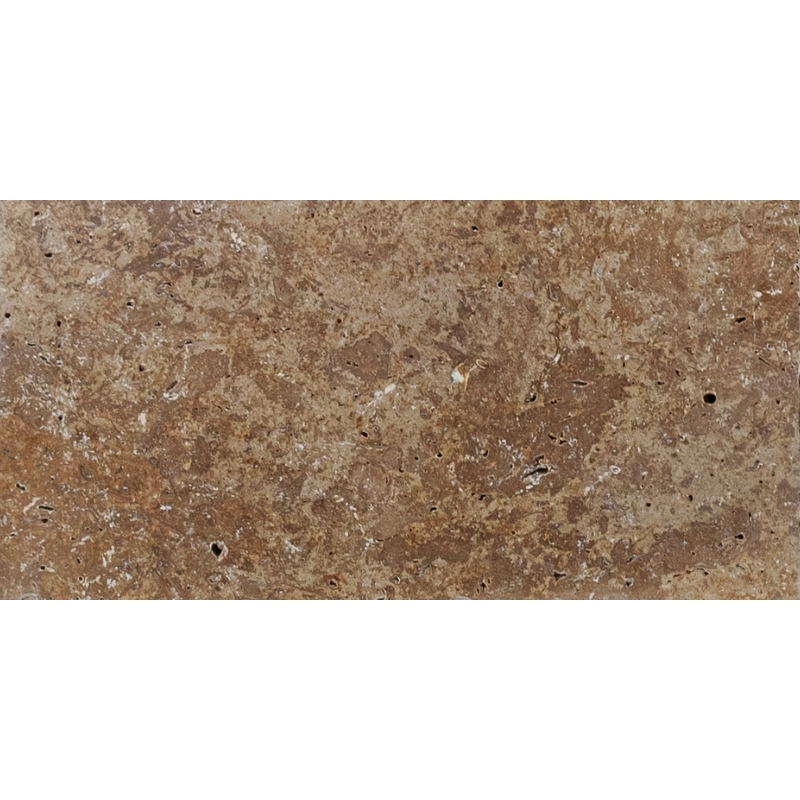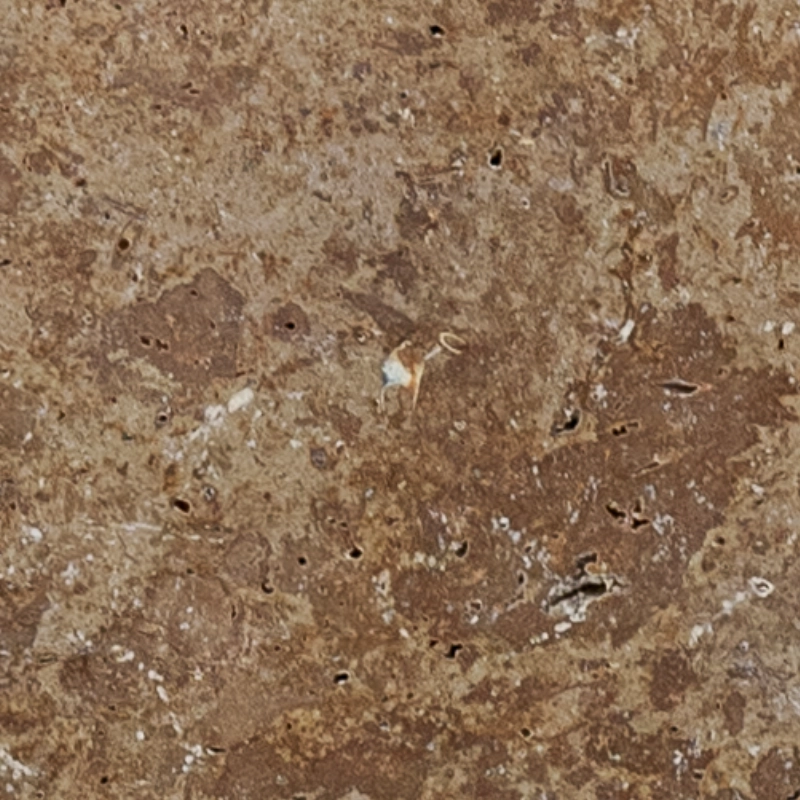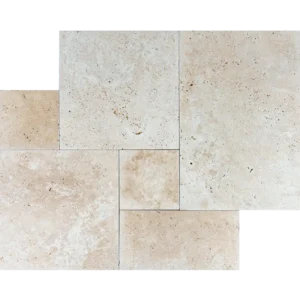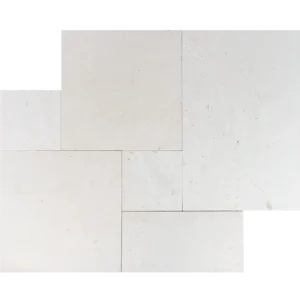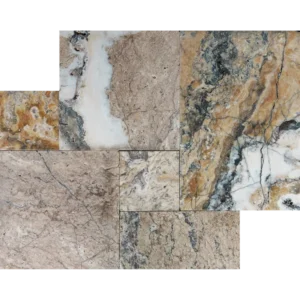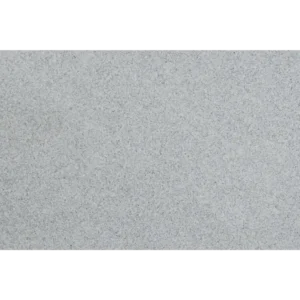Romano Tumbled 12″x24″ Travertine Paver – Mediterranean Elegance for Outdoor Spaces
Bring warmth and timeless style to your exterior spaces with the Romano 12″x24″ Tumbled Travertine Paver. Its soft ivory-beige tones and naturally aged texture create a Mediterranean-inspired look, while the tumbled finish provides reliable slip resistance for patios, pool decks, and garden paths.
The versatile 12″x24″ format allows for running bond, staggered, or modular layouts. Its larger size reduces grout lines and produces a smooth, cohesive surface. Each paver showcases unique veining and subtle color variations, adding authentic character to both classic and contemporary designs.
Durable and weather-resistant, this premium travertine withstands sun, rain, and heavy foot traffic while maintaining its natural beauty. Simple sealing and routine cleaning keep your surfaces looking fresh for years.
Key Features
Material: Premium natural travertine
Color: Ivory-beige with delicate veining
Finish: Tumbled for texture and slip resistance
Size: 12″x24″ nominal
Edge: Tumbled for an authentic, aged appearance
Applications: Patios, pool surrounds, walkways, terraces
The Romano 12″x24″ Tumbled Travertine Paver combines Mediterranean charm with lasting performance, perfect for creating elegant and functional outdoor spaces.
Installation Guide – Romano 12″x24″ Tumbled Travertine Paver
Important Note
This guide addresses only the paver installation phase. Proper sub-base and bedding preparation must be completed by qualified professionals before beginning.
Step 1: Dry Layout & Planning
Lay out the 12″x24″ pavers on the prepared bedding surface to evaluate natural color, veining, and texture variations.
Choose a pattern such as running bond, ashlar, or herringbone to evenly distribute tones and reduce visible joints.
Mark straight reference lines using chalk or a laser level to ensure consistent alignment.
Step 2: Placing Pavers
Carefully position each paver on the bedding layer according to your layout lines.
Maintain uniform joint widths of 1/8″–1/4″, using spacers if necessary.
Tap lightly with a rubber mallet to seat each paver and create a level surface.
Frequently check for lippage, especially with larger-format pieces, and adjust the bedding as needed.
Step 3: Cutting & Edge Finishing
Use a wet saw with a travertine-rated diamond blade for precise cuts.
Support pavers securely during cutting to prevent chipping or cracking.
Smooth any exposed cut edges with a fine rubbing stone to maintain the natural tumbled finish.
Step 4: Filling Joints
Fill joints with polymeric sand or a travertine-compatible joint filler.
Compact gently and sweep away excess material.
If using polymeric sand, lightly mist to activate bonding agents following manufacturer instructions.
Step 5: Sealing & Maintenance
Once installation is dry, apply a breathable, penetrating sealer suitable for exterior travertine.
Reapply sealer every 1–2 years depending on exposure and foot traffic.
Clean only with pH-neutral stone cleaners; avoid acidic or abrasive products that may damage the surface.
Disclaimer
Travertine is a natural stone with inherent tonal variation, veining, and surface pits. These are natural characteristics, not defects. Always dry-lay and inspect materials before final installation. Professional installation is strongly recommended for optimal longevity and appearance.


